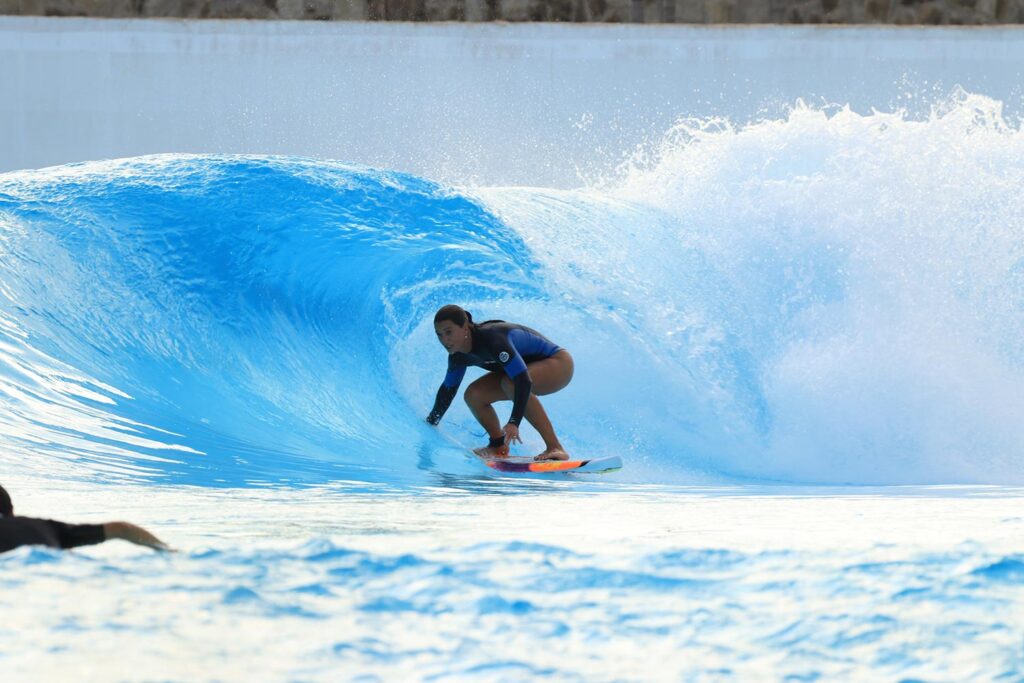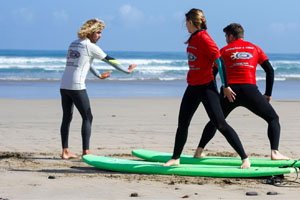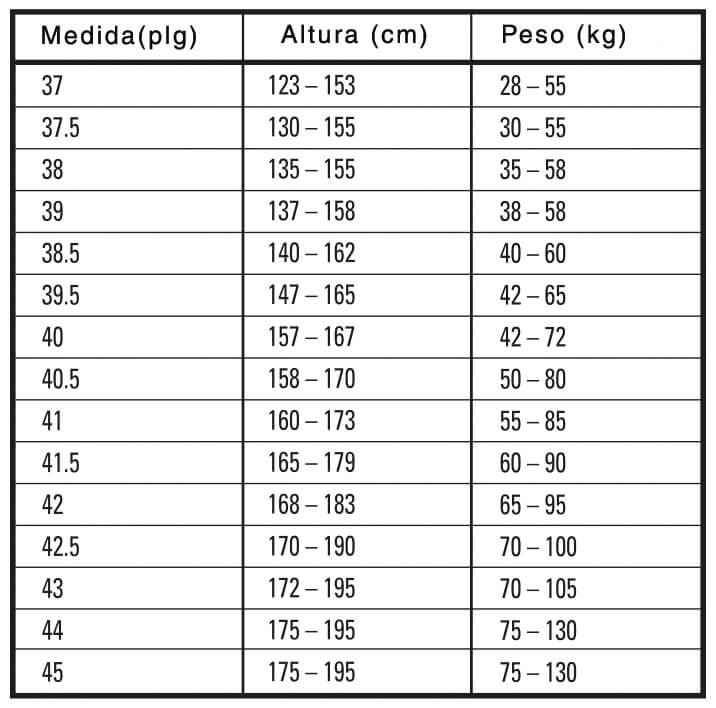
27 May, 2024
· 0 comments
There are several sports that are practised in the water, Surfing, Skimboarding and the one we will see on this occasion, Bodyboarding.
Bodyboarding is a sport that is practised in shallow water; it has a certain similarity to surfing, but the board used to glide over the water is a little smaller and much more flexible than surfboards
Are you looking for a Lanzarote surf course that gives you everything you’re looking for?
Talk to us :), we’ll answer any questions you may have!

Bodyboards are commonly made of synthetic foam; their regular dimensions are usually 100 centimetres long and 60 centimetres wide.
The cover or outer surface is made of a soft textured polyethylene foam; the lower part of the board, that is, the part that makes contact with the water, is made of plastic material; this way, friction with the water is avoided when both parts come into contact.
Bodyboards are made of carbon fibres, fibreglass and polypropylene for the lower part of the board, the part that will be in contact with the water.
The upper part, where the athlete will be placed, is made of soft polyethylene to offer comfort at the moment of use.
These materials give the board a high resistance to the pressure and forces that can be exerted on it at the moment of use.
There are certain important characteristics that should be taken into account before deciding on a specific bodyboard.
The most relevant ones are listed below:
The size of a bodyboard or boogie board depends on the height and weight of the athlete who is going to use it.
The sizes of these boards are measured in inches, so if you want to know the measurement in centimetres, you must take into account that 1 inch is equivalent to 2.54 centimetres.

Table with the measurements of the Bodyboard | Photo: www.singlequiver.com
Additionally, it is also important to know the width of the board or body; this is usually between 52 and 57 centimetres in general and will depend on the use that is going to be given to it.
In addition to the size of the board, depending on the height and weight of the person, it is convenient to take into account that the greater the difference between the top of the board or “nose” and the “tail“, the board will give you the possibility of having more speed and speed to execute turns.
If the difference is little between the nose and the tail, the Bodyboard will be more functional to execute turns or more open turns.

Image of Yoshua Toledo at the Grand Slam “Arica Cultura Bodyboard 2018”. | Photo: https://chile.as.com
For beginners in the sport of bodyboarding, the ideal and recommended boards are those made of polystyrene, ESP, a fairly cheap and light material; functional for beginners, although not very durable.
For advanced athletes, boards made of polypropylene, PP, are recommended; they are lighter and not very flexible.
Today, bodyboards are made of low density polypropylene, NGR; a very light material that allows the manufacture of boards to be used throughout the year, withstanding very well the variations in water temperature, depending on the weather season.
Polyethylene is a material from which boards of great flexibility are obtained, ideal for practising in cold waters.
Surfing is a long-established sport that has positioned itself around the world, gaining fans everywhere it goes.
Bodyboarding, on the other hand, was born out of an athlete’s use of a broken surfboard.
A surfboard allows you to ride faster waves than a bodyboard; however, with a boogie board you can catch “drier” and hollower waves than those you can catch with a surfboard.
A surfboard makes it easier to execute manoeuvres and pirouettes than trying to do the same with a boogie board.
Comments
Leave a comment
Your e-mail address will not be published. Required fields are marked with *.